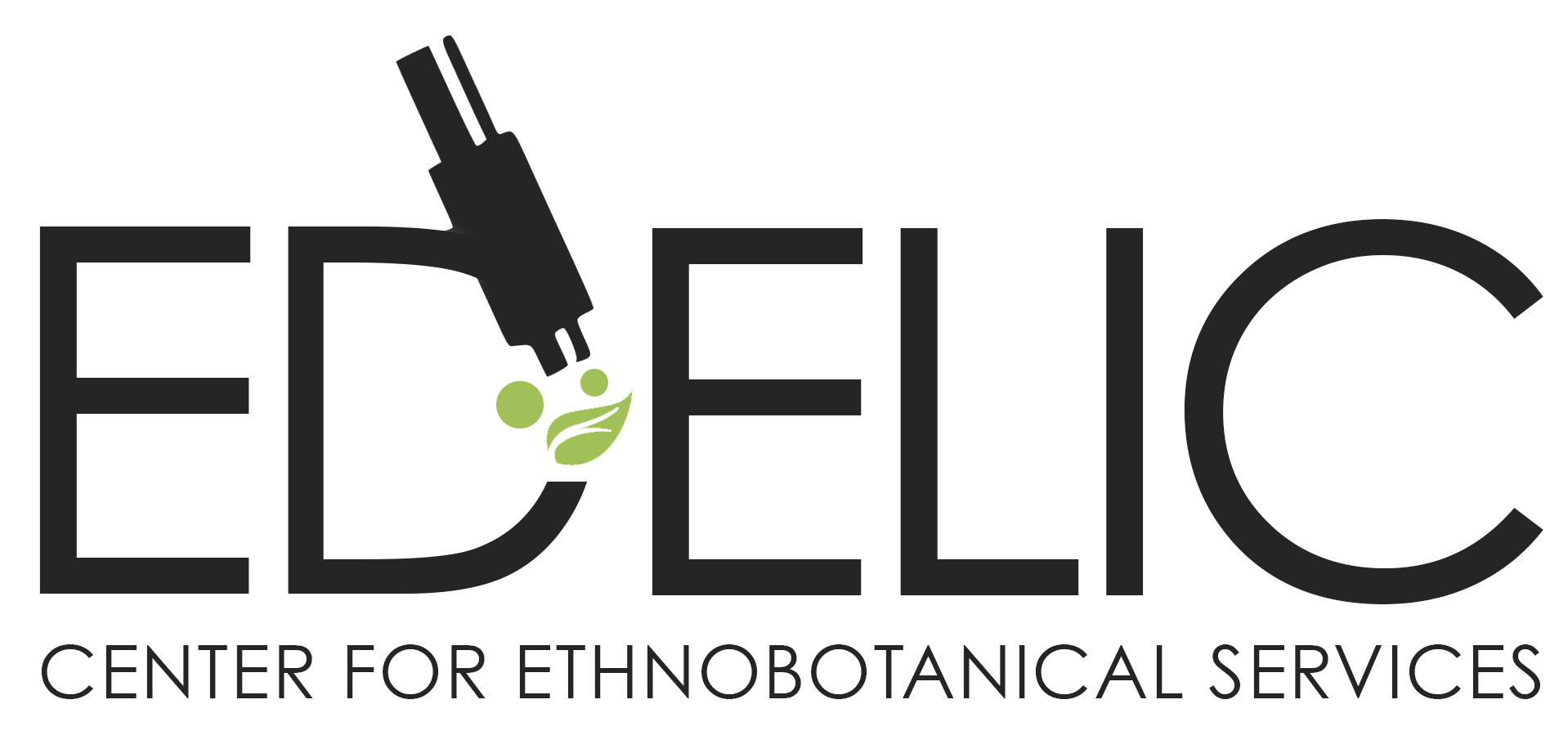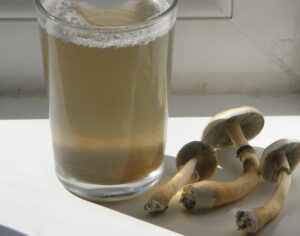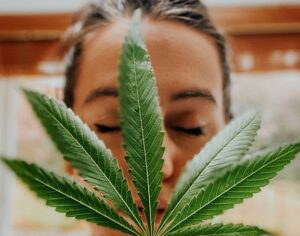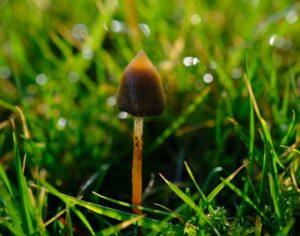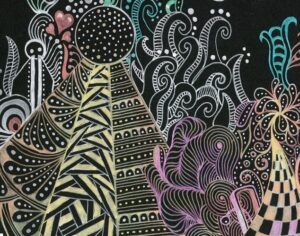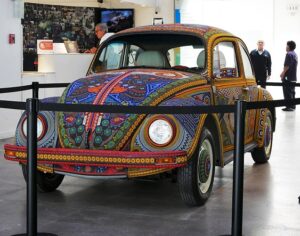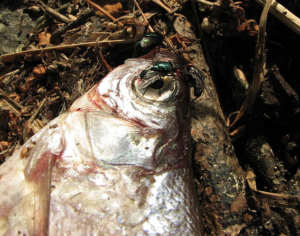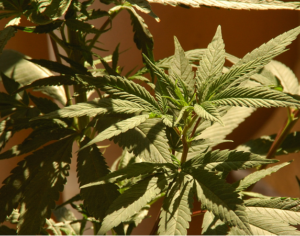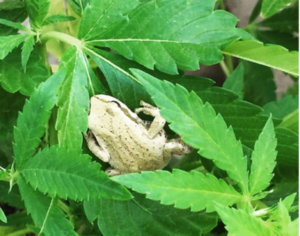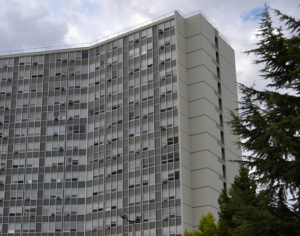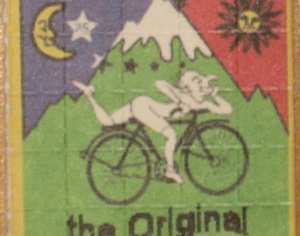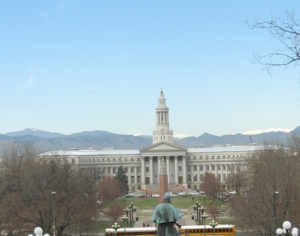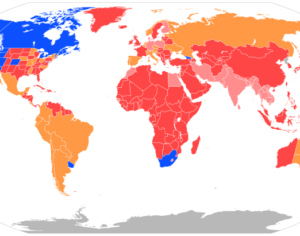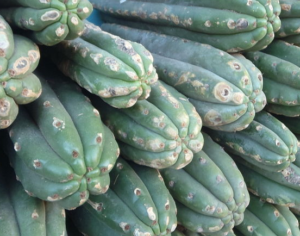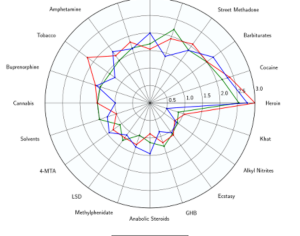How do we determine the optimal drug policy model?
How do we determine the optimal drug policy model given how our policy choices impact on such a wide range of outcomes? Simple answer: it’s complicated. So a group of experts have tried & figure out a rational new approach.
*Drug policy evaluations – esp for illegal drugs – has historically been poor; emphasizing process measures like arrests/seizures, and in terms of outcomes, being preoccupied with prevalence of use, above all else.
*Drug policy has also tended to unfold within a highly polarised and emotive political space – more often driven by tabloid hysteria and political posturing than science, pragmatism & evidence based norms.
*Even when trying to be scientific/objective – it soon becomes clear that drug policy impacts on huge range of outcomes, not just levels of use & crime – but a wide array of health, social, political, personal, economic and international costs and benefits.
*Different stakeholders will naturally prioritise different outcomes. e.g.
- Police > crime reduction
-Treasury > effective expenditure and tax revenue
-Public health > reduced dependence & mortality
-Parent groups > child safety
-Politicians > +ve Daily Mail coverage etc
*Even the most open minded policy maker will find balancing policy impacts on such a cross cutting spectrum of policy variables tricky – everyone is subject to cognitive biases reflecting there knowledge and personal priorities.
*Complicating things further, there may be trade-offs between policies and outcomes. Eg. raise tobacco taxes/prices and tax revenues may increase and use will fall, but smuggling and tax avoidance will rise. How to get the balance right, and who decides?
Original Article (Transform Drug Policy Foundation):
How do we determine the optimal drug policy model?
Artwork Fair Use: Another Believer
